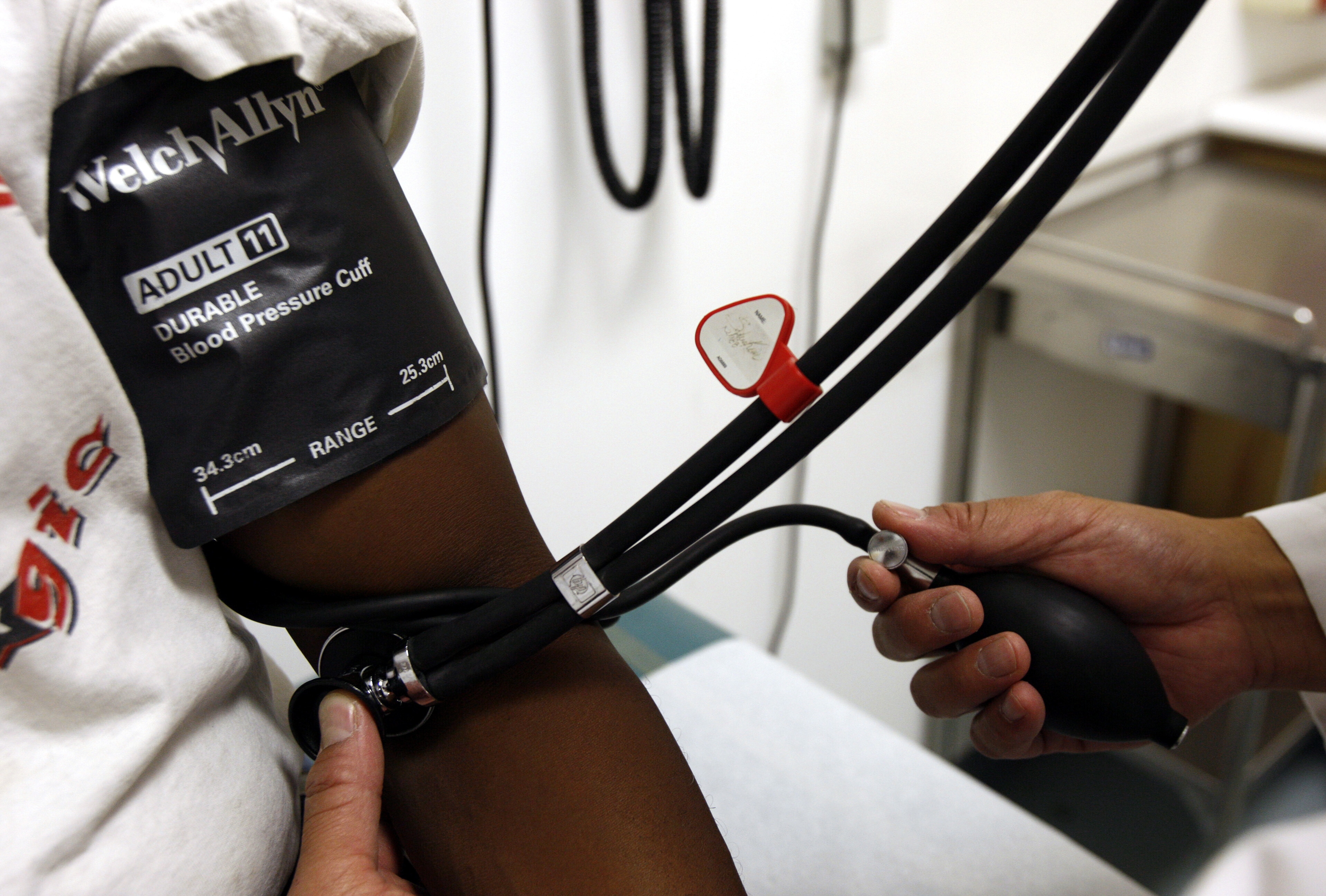MIT’s new thread-like robots could travel through blood vessels in the brain for more effective surgery

The new development from MIT researchers combines robotics with current surgery techniques.
Image: REUTERS/Vincent Kessler
Stay up to date:
Health and Healthcare
MIT has developed robotic thread that could make even the least invasive current brain surgery techniques even less so, and potentially make it easier and more accessible to treat brain blood vessel issues like blockages and lesions that can cause aneurysms and strokes.
The new development from MIT researchers combines robotics with current endovascular (i.e. within blood vessel) surgery techniques, reducing the risks associated with guiding incredibly thin wires through complicated brain blood vessel pathways. Today, this type of procedure, which is much less invasive than past methods of brain surgery, nonetheless requires an incredibly skilled surgeon to guide the wire manually. It’s a very difficult surgery for surgeons, and it also means that they’re exposed to radiation from the X-rays required to provide a view of the path they’re weaving through the patient’s brain.
These “robot-threads” developed by MIT expand on research done on so-called “hydrogels,” which are materials made mostly of water that work well within the human body. At the thread’s core is a material called “nitinol” that can bend, and is springy, meaning it has a natural tendency to spring back to its original shape when bent.
Accept our marketing cookies to access this content.
These cookies are currently disabled in your browser.
The material is coated in an ink-like substance, which is then bonded with a hydrogel, thus regulating it in a magnetically manipulable material that can still survive within the human body. Using a large magnet, the researchers could then steer the thread through a demonstration obstacle course they built to show off how it could work in a surgical situation.
MIT’s researchers also note that you can modify the core construction of the robot threads with other materials to serve different functions, and showed this by replacing the nitinol at its center with a fiber-optic filament, which in practice could be used to transmit laser light to blast away a blockage in a brain blood vessel.
The tech could be put to use to make it so surgeons can operate the threads from a safe distance — or even remotely. This would not only be safer for the doctors, but could also open up more access to this highly specialized kind of surgery for patients, too.
Don't miss any update on this topic
Create a free account and access your personalized content collection with our latest publications and analyses.
License and Republishing
World Economic Forum articles may be republished in accordance with the Creative Commons Attribution-NonCommercial-NoDerivatives 4.0 International Public License, and in accordance with our Terms of Use.
The views expressed in this article are those of the author alone and not the World Economic Forum.
Forum Stories newsletter
Bringing you weekly curated insights and analysis on the global issues that matter.
More on Health and Healthcare SystemsSee all
Nina Rawal and Dorothy Chou
September 18, 2025
Eric White and Elia Tziambazis
September 18, 2025
Jan-Willem Scheijgrond and Syaru Shirley Lin
September 18, 2025
Ashwini Sharan and Abhishek Jain
September 15, 2025
Shyam Bishen
September 15, 2025






